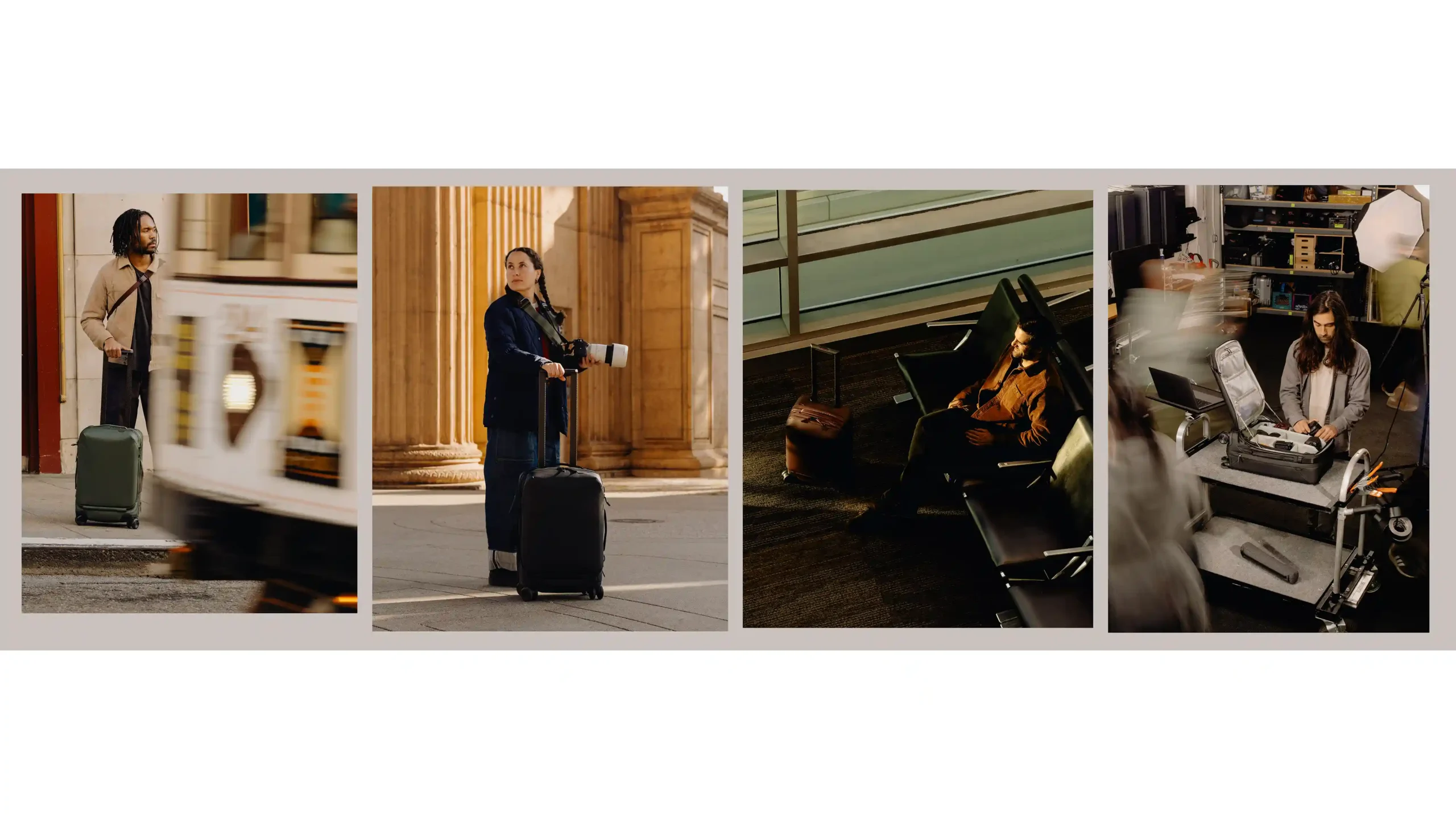Canon R50 V Teardown Is Among the Simplest of Any Mirrorless Camera

Canon released the EOS R50 V earlier this year, introducing an affordable interchangeable lens camera for hybrid creators. The fine folks over at Kolari Vision, experts in the field of camera conversion, tore an EOS R50V apart as part of an infrared conversion to see what makes Canon’s new “creator” camera tick.
The compact camera, which launched for $649 but is currently selling for $699 due to tariffs, has a lot going for it. It is a video-oriented version of Canon’s existing 24-megapixel APS-C mirrorless camera, the EOS R50. The R50 V ditches the viewfinder, tweaks the body design for a video-centric audience, and adds some features from Canon’s higher-end cameras, including Cinema models, such as false color, Canon C-Log 3, 10-bit YCC 422 video, and more.
In pursuit of its aggressive price point, the R50 V’s design is quite streamlined and straightforward relative to some of Canon’s more expensive cameras, like the Canon EOS R5 II that Kolari disassembled last year.
Kolari says the EOS R50 V has relatively few screws to remove, and the camera splits easily into its front and back halves. Once the case is cracked open and a single ribbon camera is disconnected, the R50 V comes entirely apart.
![]()
![]()
Once Kolari accessed the interior, there were seven screws to remove to disassemble the camera’s internal frame bracket. With the bracket out of the way, the circuit board was easily accessible, and it was held in place with just a single screw.
“Typically, there are several screws [that] follow the perimeter of the PCB, but not in this case,” Kolari writes. “This is most definitely due to the camera’s small body.”
![]()
![]()
The circuitboard has 10 ribbon cables, and once those are detached, the board pops out, exposing the R50 V’s sensor bracket, which again, was held in place with just one screw, although Kolari speculates that some of the screws that were removed earlier in the disassembly likely went all the way through to some empty slots on the sensor bracket layer.
The sensor itself is held in place with just six screws, which may sound like a lot but is less than usual.
![]()
“The Canon R50 V was among the quickest and easiest mirrorless cameras we have ever disassembled due to its compact build and simple layout of its internal components,” Kolari explains.
Compared to the company’s typical teardown photos, the R50 V looks relatively simple, which is excellent news for Kolari when people order a full-spectrum conversion service for their new Canon EOS R50 V cameras. Full-service camera conversions start at $299, although Kolari also sells select camera models that have been fully converted.
Image credits: Kolari Vision
Source link





